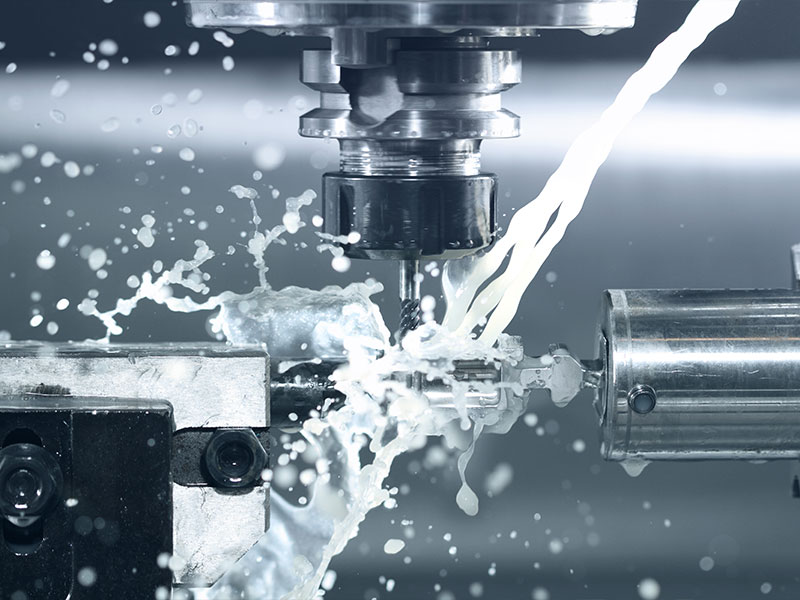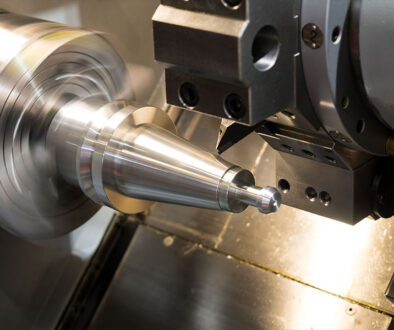
CNC Machining vs. 3D Printing: Which is Right for Your Project?
CNC machining is one of, if not the most popular type of precision manufacturing method across the world, used in virtually every market to make high quality components from metal, plastic, and other materials. However, 3D printing has become more and more sophisticated over the past several decades, to the point where it’s begun to compete with CNC machining for popularity. Today, we’re going to take a look at these two different methods of manufacturing and explore each one’s advantages and limitations.
CNC Machining: An Advanced Version of an Age-Old Process
Computer numerically controlled machining (CNC machining) is a process in which a computer-controlled machine removes material from a workpiece in order to produce the desired part. The movements of the cutting tools within the machine are preprogrammed, allowing for an easily repeatable and highly precise method of making a wide variety of parts.
CNC machining is one of the most precise ways to manufacture just about any part. It can accommodate a huge variety of materials, depending on the machine and the tooling within it, without disrupting the properties of those materials during the process. And it can easily make large quantities of the same part with no variation across each batch, making it excellent for medium to high volume production.
However, despite its general simplicity–remove material and get the part you want–CNC machining tends to be a little complicated to set up, requiring a skilled operator to ensure that the workpiece is held securely within the machine. It also inevitably results in some material waste, due to its nature as a subtractive process.
3D Printing: Unlocking New Potential with Additive Manufacturing
3D printing or additive manufacturing is a term used to describe a large group of processes, all of which are fairly similar in concept–at the most basic level, each one involves creating a part by adding material, usually layer by layer, to create a near-net or net shape component. 3D printing as its most well known in particular involves a printer that carefully adds material to the bed, layer by layer, until the entire part is finished.
3D printing is most often used in rapid prototyping, because it offers a way to quickly and efficiently make parts for testing without all the need for the set-up required for CNC machining, or the subsequent waste. It’s also incredibly versatile, able to create virtually any design, feature, or other characteristic for a part. However, it also has its disadvantages. 3D-printed parts vary significantly in strength and properties from the original material, and so don’t always perform as initially intended. 3D printing techniques also struggle with creating smooth part surfaces and maintaining tight tolerances, and it can’t work with nearly as many materials as in CNC machining. If you’re in need of a quick, easy prototype for testing, 3D printing is more cost efficient than CNC machining, although it doesn’t perform nearly as well as production volumes increase.
About Trimen Industrial, LLC
Trimen Industrial LLC is an expert in precision machining and powder coating, providing high quality manufacturing services to a wide range of industries. Head over to our website to learn more about what we have to offer you!


